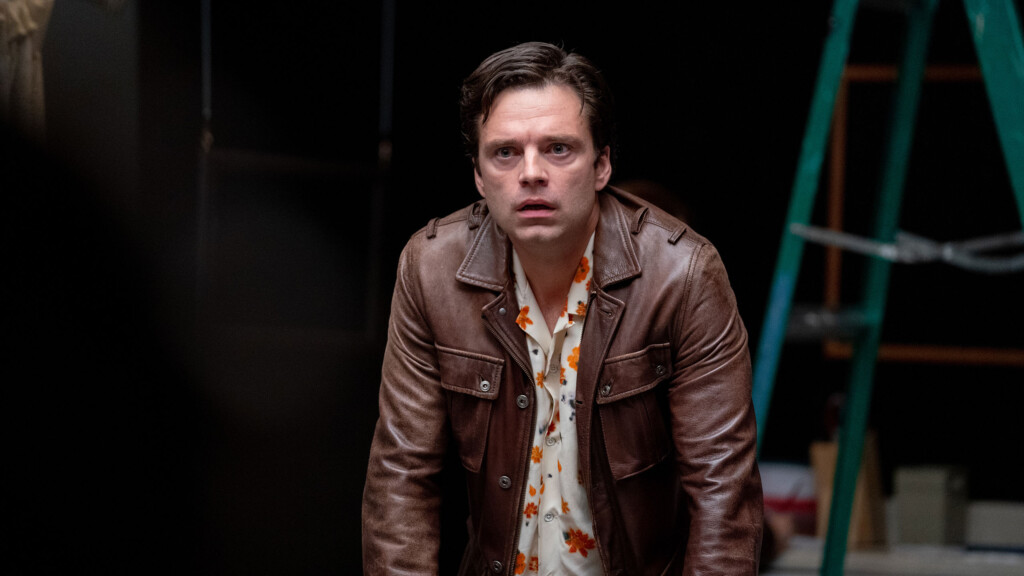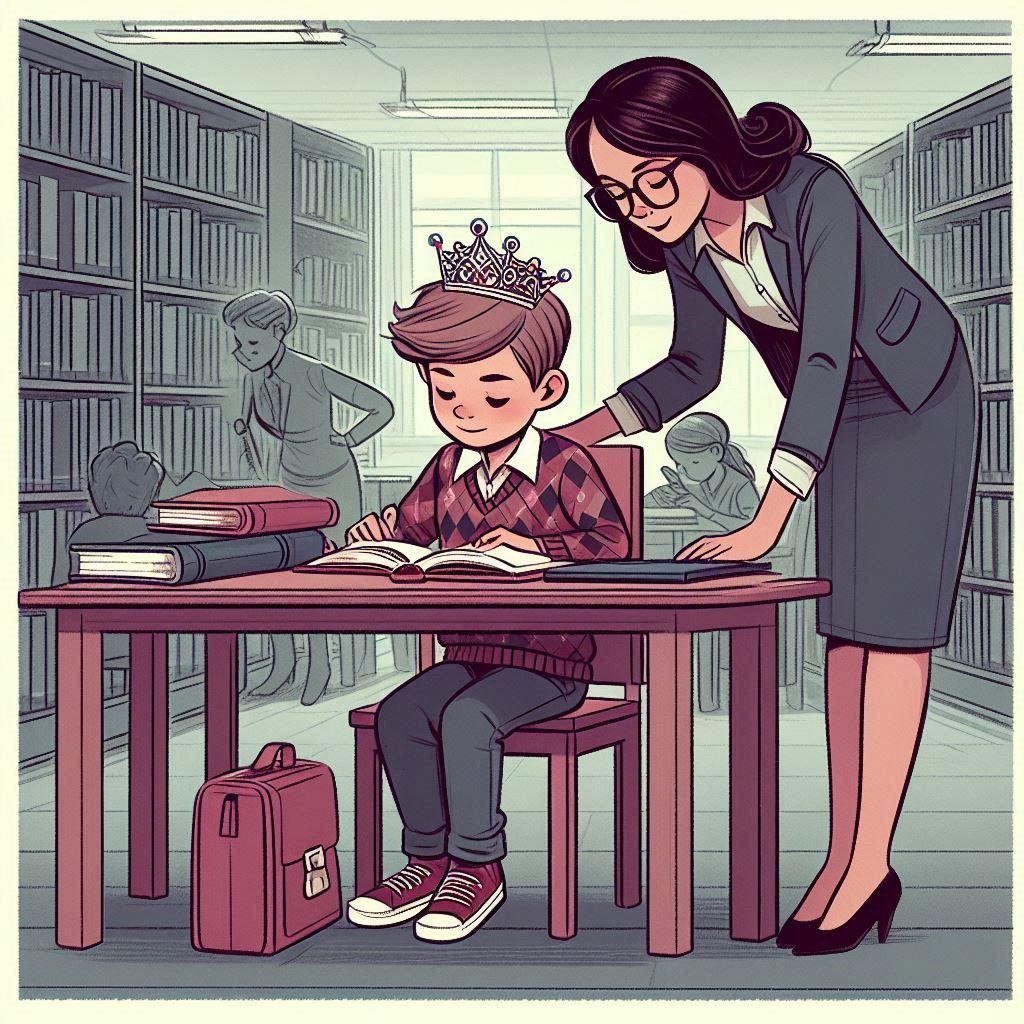A Different Man follows Edward (Sebastian Stan), a man suffering from neurofibromatosis. This condition causes non-cancerous tumors to grow on a person’s body so badly that it can cause disfigurement. As a result, Edward has a meek personality and avoids social situations, fearing bullying and scrutiny.
Edward learns of an experimental procedure that can reverse his diagnosis. In the meantime, he meets his pretty neighbor, Ingrid (Renate Reinsve), a playwright who treats him with humanity, and Edward immediately gravitates to her. He gives her a typewriter, knowing it will be an apt gift for a writer. In a moment of confusion in Edward’s apartment, Edward grabs Ingrid’s hand, causing her to retract and leave the apartment.
After some body horror, love lost and regained, and a new character introduced, A Different Man has a wild ride in store for audiences.
Produced by studio A24, the film is weird, and campy, and couldn’t be more fitting for the distributor. A24 movies are known for their strange, groundbreaking, and original brands of storytelling. The crash zooms and intense musical score had me laughing, even with the intermittent on-screen horror I was witnessing.
Not everyone at the festival had a high opinion of A Different Man.
Darren Movie Reviews says on X, “A Different Man is a mixed bag. The musical score is outstanding and Adam Pearson is phenomenal! Sebastian Stan is good and the prosthetic work is truly transformative, but it’s too long. Felt like a short with not enough substance for two hours”
Brian Rowe opines on X as well, “Aaron Schimberg’s A Different Man is a cult movie in the making. Ambitious, beguiling, unusual, totally original. Excellent performances from Sebastian Stan, Renate Reinsve, and Adam Pearson. It didn’t all work for me on a narrative level, but there’s a lot to love.”
I found the film to be incisive about celebrity culture, egotism, and obsession. I also found it crucially smart not to paint the man with neurofibromatosis as the victim. The character introduced later in the film has many friends, is outgoing, funny, and the life of the party.
Following the film, writer/director Aaron Schimberg spoke in the Q&A about how he wanted to be sensitive to the disfigurement condition, but also didn’t want it to stop him from turning the character into a hero of sorts.
I wouldn’t recommend A Different Man to anyone who might be sensitive to disturbing imagery. I would recommend the film if you enjoy A24 films. It will find a limited audience, but those who find it appealing will truly embrace it.
The film’s remaining screenings are sold out, but you can always join a waitlist. Luckily, if you miss it at the fest, the film will likely be released in 2024.
A quick note – Sundance is known for its big acquisitions. So far at the festival, there have been two big ones. A Real Pain, the Jesse Eisenberg-directed post-holocaust dramedy was acquired by Searchlight for $10 million, and Greg Jardin’s It’s What’s Inside horror flick was acquired by Netflix for $17 million. Even more impressive is that it’s Jardin’s directorial debut.






